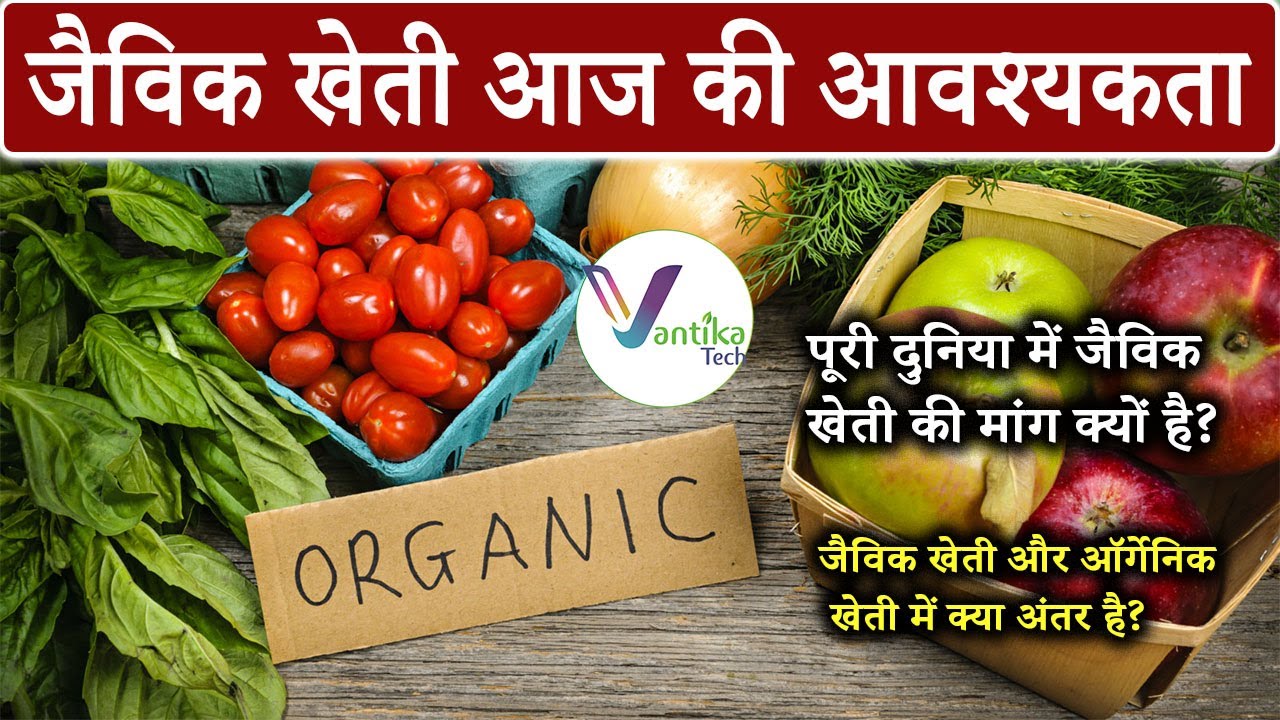Crop rotation is a farming technique that involves planting different crops in a particular field in a planned sequence over time. This method of planting helps in pest management and also improves soil quality. Crop rotation has been used for centuries to help farmers manage pests and diseases in their fields. In this blog, we will discuss the role of crop rotation in pest management, relevant examples, and hashtags that can help in reaching the target audience.
Crop rotation is a technique that has been used for centuries to improve soil quality and reduce pest problems in farming. The basic idea behind crop rotation is that different crops have different nutrient requirements and different susceptibilities to pests and diseases. By rotating crops, farmers can balance the nutrient levels in their soil and reduce the likelihood of pests and diseases building up in the soil.
One of the main benefits of crop rotation is its effectiveness in reducing pest problems. When the same crop is grown in the same soil year after year, it creates an ideal environment for pests and diseases to thrive. By rotating crops, farmers can disrupt the life cycle of pests and diseases and prevent them from building up in the soil. For example, if a farmer grows a crop that is susceptible to a particular pest one year, they can plant a different crop the following year that is not susceptible to that pest. This can reduce the population of the pest and prevent it from becoming a problem in the future.
Crop rotation can also help to improve soil quality. Different crops have different nutrient requirements, and by rotating crops, farmers can balance the nutrient levels in their soil. For example, legumes are able to fix nitrogen from the air, which can help to increase the nitrogen levels in the soil. By planting legumes in a field that has been depleted of nitrogen, farmers can improve the soil quality and prepare it for future crops.
In addition to reducing pest problems and improving soil quality, crop rotation can also lead to higher yields and better crop quality. By rotating crops, farmers can ensure that the soil is not depleted of any particular nutrient, which can lead to healthier and more productive plants. For example, if a farmer grows the same crop year after year, the soil may become depleted of a particular nutrient, such as phosphorus. This can lead to stunted growth and reduced yields. By rotating crops, farmers can ensure that the soil has all the nutrients necessary for healthy plant growth.
The practice of crop rotation is beneficial for pest management because pests are often specific to certain plant species. When the same crop is planted year after year, the pests that are specific to that crop can build up in the soil and cause damage. By rotating crops, the pests are deprived of their preferred host plant, and their populations decline. Furthermore, the nutrients taken up by one crop may not be the same as those taken up by the next crop, thus improving soil health and fertility.
For example, in the southern United States, the cotton boll weevil was a major pest of cotton crops. Crop rotation was used to control the boll weevil by planting peanuts, soybeans, or corn in between cotton crops. These crops are not hosts of the boll weevil, and this break in the pest's life cycle helps to reduce its population. Similarly, in apple orchards, crop rotation can help control pests such as codling moths and apple maggots, which can overwinter in the soil.
Crop rotation can also help to reduce the need for pesticides, which can be harmful to both the environment and human health. By rotating crops, farmers can reduce the need for pesticides, which can lead to fewer pesticide residues in the soil and water. Furthermore, crop rotation can help reduce the development of pesticide-resistant pests, which can be a major problem in conventional farming systems.
Overall, crop rotation is a valuable technique for farmers looking to improve soil quality, reduce pest problems, and increase yields. By rotating crops, farmers can balance the nutrient levels in their soil and disrupt the life cycle of pests and diseases, leading to healthier and more productive plants. As farmers continue to face new challenges in agriculture, crop rotation is likely to remain an important tool for sustainable and profitable farming.
In conclusion, crop rotation is an important tool for pest management in agriculture. It helps to break the pest cycle, improves soil health, and reduces the need for pesticides.
Thanks for visiting us. Subscribe to us for more agriculture updates.
#CropRotation #PestManagement #SoilHealth #SustainableFarming #Agroecology #croprotation, #pestmanagement, #soilhealth, #sustainablefarming, and #organicfarming
References:
Bugg, R. L., & Waddington, C. (1994). Using cover crops to manage arthropod pests of orchards: a review. Agriculture, Ecosystems & Environment, 50(1), 11-28.
Herms, D. A., & Mattson, W. J. (1992). The dilemma of plants: to grow or defend. The Quarterly Review of Biology, 67(3), 283-335.
Johnson, L. C., & Fawcett, R. S. (2004). Using crop rotation to manage the boll weevil (Anthonomus grandis) in cotton (Gossypium hirsutum L.) fields. International Journal of Pest Management, 50(1), 1-6.








No comments:
Post a Comment